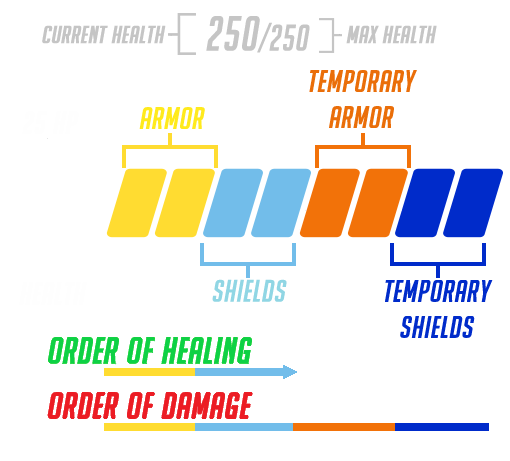


What this basically amounts to is a lot of my time spent playing Overwatch is spent either playing a Tank or Support, which I’m more than glad to do, but having to neglect a role and character I’d previously devoted most of my time playing to, or spend large chunks of any given night watching the queue timer tick away when I could be doing anything else with my time. More often than not a queue for a Damage role is, at minimum, around six minutes long, and in some extreme cases I’ve nearly waited 10 minutes for just one match. This means that I can easily slip in a few games as the shield-deploying Orisa or the combat medic Baptiste at my leisure, but playing as Soldier: 76, the character I’ve invested the most time in since I started playing can take significantly longer. I play Overwatch on PlayStation 4, and the average queue time for a Tank or Support role for me has usually been anywhere from less than a minute to around two or three on a busy night. Everyone has a designated responsibility at the outset, so teams are balanced and, in theory, games can be more productive than ever before.īut that same set up, one that lets people queue up for exactly what they want to play, isn’t evenly spread across all three roles, and that means the most popular one, Damage, has ludicrously high queue times compared to Tank and Support, and the result is that being a Damage main is kind of a miserable experience under this new rule set. Now every time the hero select screen comes up I don’t have to look and see what no one’s picking, have my nagging conscious get the best of me, then switch to a different role. The result is a version of Overwatch that perfectly coalesced into the ideal I’d been imagining for the game. Now I can go into every match knowing we’ll have the tanks and healers we need whether I’m stepping up to do it myself or not. Much of my early days of playing Overwatch involved picking Soldier: 76 then having to switch when I realized no one was going to play a support or tank character and someone had to step up and babysit a team of five damage heroes. This set up makes team composition painless in a way it never was before. This way you’re never without someone who can help keep your team alive through defense or healing, and in theory you won’t have to deal with players unhappy about being pigeon-holed into any given role because they queued up for it before the match started. This means every team has two tanks, two healers, and two damage dealers. Role Lock puts a new set of restrictions on Overwatch’s six-player team setup that requires each team to have even spread of heroes from each role. Since I started playing Overwatch earlier this year, I’ve clocked in around 300 hours into Blizzard’s team-based shooter, but in the past month I’ve spent more time trying to find matches than I’ve spent participating in them since the addition of Role Lock. But I haven’t been able to do that lately and it’s really starting to take its toll on my relationship with the game. Folks, there are nights when I play Overwatch that I just want to play as the grumpy, gay granddad that is Soldier: 76 without it being a big to do.


 0 kommentar(er)
0 kommentar(er)
